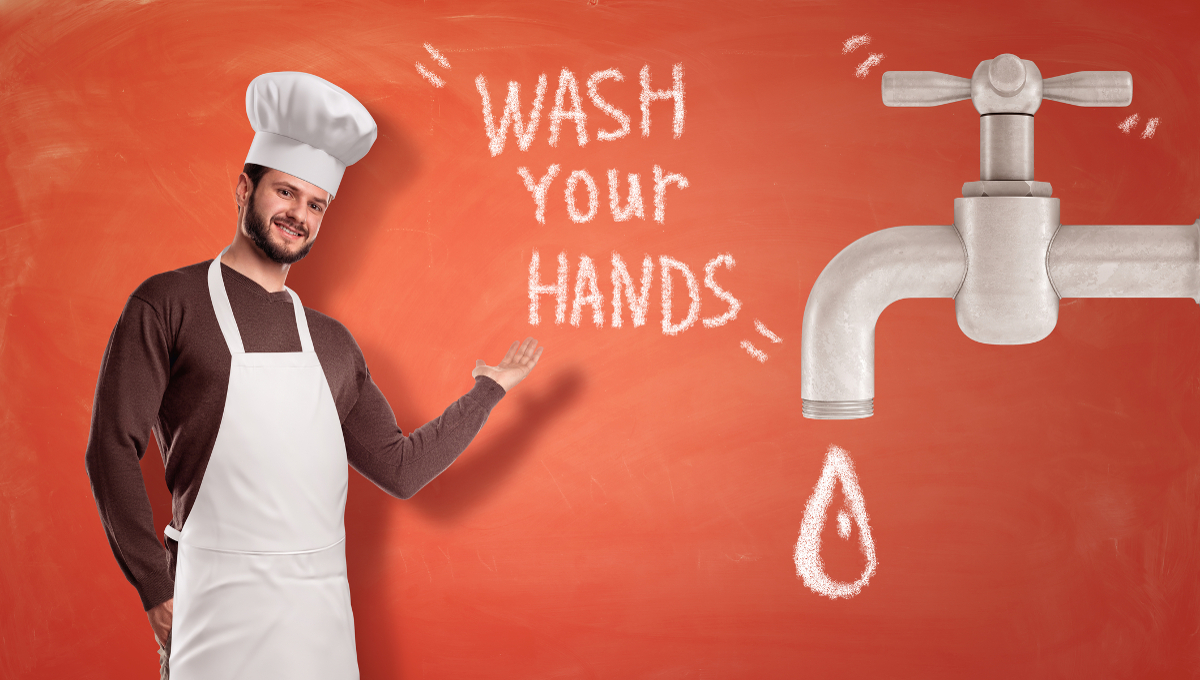Opinion
Lost in the clutter of Millennial trend tracking and menu minutia is the reality of restaurant risk related to poor handwashing. This is a no-fault failure as there are no operational standards, no rewards or discipline, no behavior changing help from the Model Food Code, and no supporting research.
There is very little relevant data other than the headcount at hospital emergency rooms and precipitous drops in market value for the relatively few major outbreaks.
Meaningful foodservice handwashing research is rare. The conclusions create a list of top ten truisms;
Handwashing…
- compliance is low
- is about process, not products
- shortfalls are the industry standard
- shortfalls are not disciplined — poor service is
- is trumped by almost all employee training topics
- training has no measurable goal
- competes and loses to measured productivity factors
- deficiencies are the No. 1 cited contributing factor in outbreak investigations
- accountability has no ownership in foodservice
- more research is needed
Healthcare research filled this void in 2019 with studies that clinically prove that handwashing performance monitoring not only increases frequency but more importantly reduces customer illness — patient infections — more commonly measured and reported as HAIs, Hospital Acquired Infections. RAIs, Restaurant Acquired Infections, are not published.
These studies are awakening some industry leaders that there is now a financial reason to protect their brand values with sustainable and affordable handwashing data. This is a game changer for the restaurant industry. It makes added customer safety an option, a very attractive option for those looking for more transparency.
Operators are slowly taking notice. Crushed Red, a salad concept based in St. Louis, now incorporates voice recognition in every store they open. Their goal is customer safety, achieved by rewarding staff for handwashing compliance. This is a key component in their customer loyalty program.
Larger chains are now testing a variety of technologies. The beginning of this new decade will see a mayor shift to handwashing monitoring in health care and a level of foodservice testing and introductions that will further define industry leadership.
(To sign up for a free subscription to Food Safety News, click here.)

